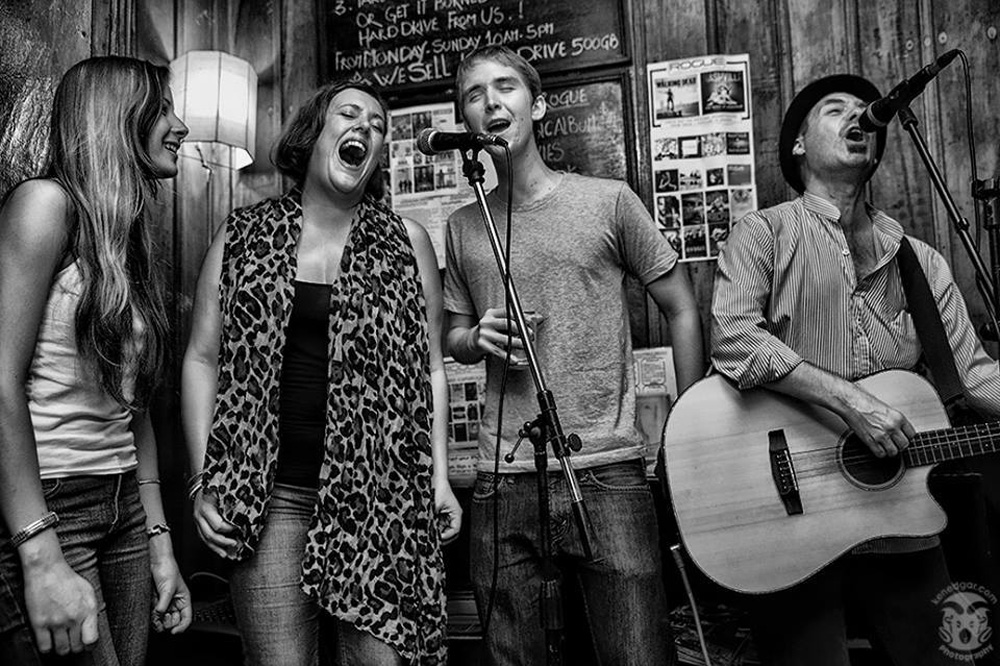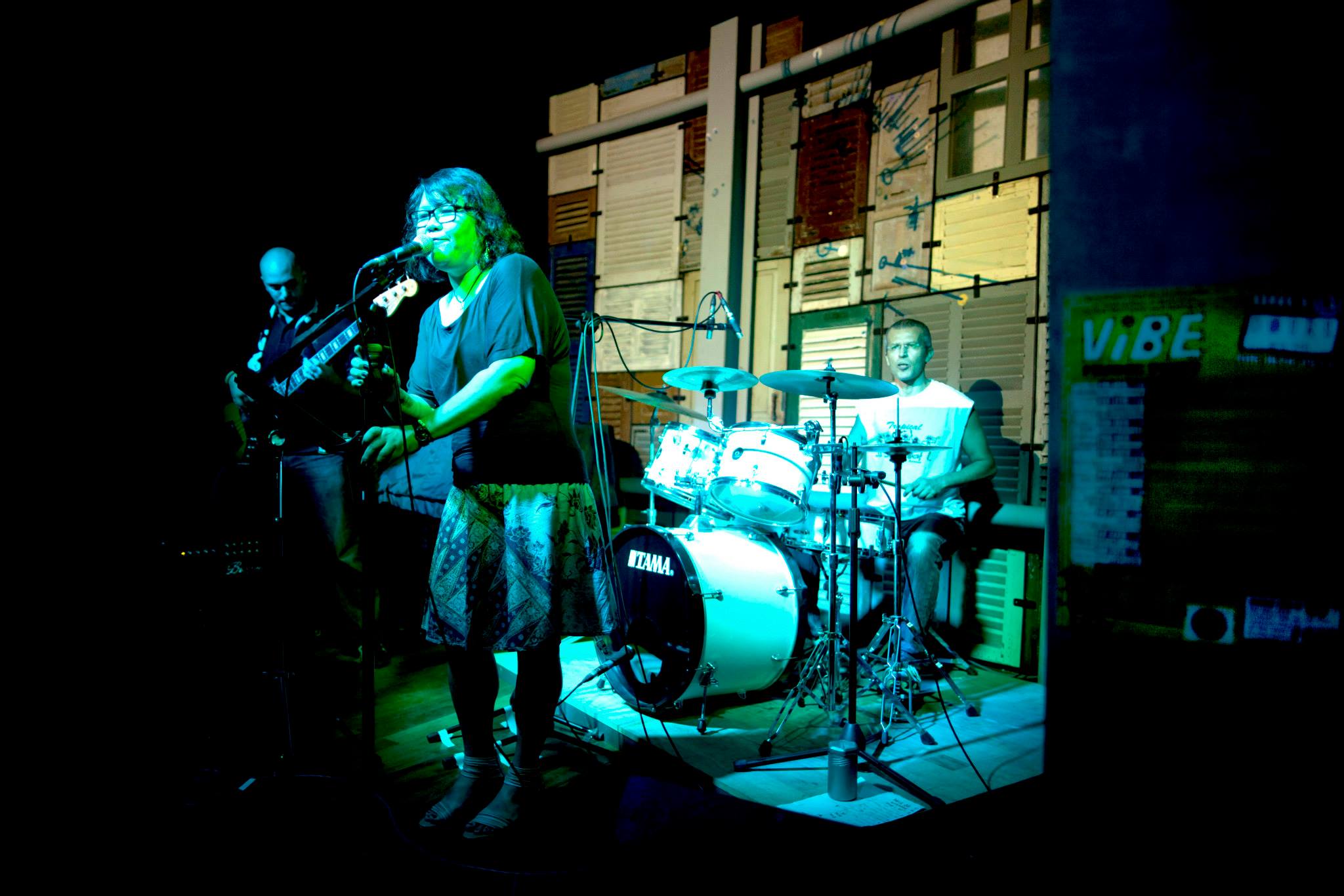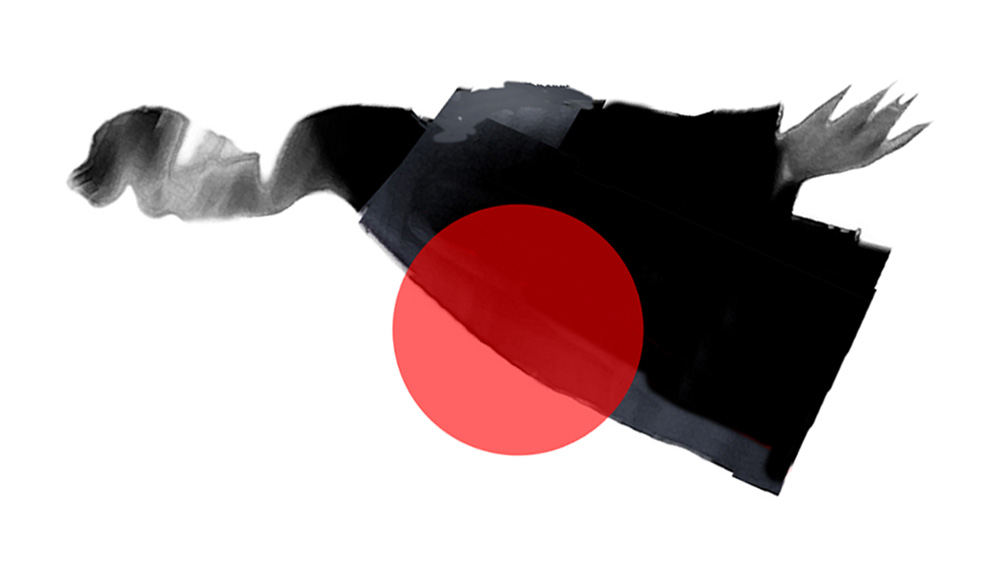All boundaries, like those between noise and sound, are conventions waiting to be transcended. One can transcend any convention if only they can first conceive of doing so.
For many, Phnom Penh has become a [musically] conceptual city. People come from the world over as mere passers-by and become fixtures. Be it music, photography or film you can ask any artist how many projects they have on their plates at any given time and you’d be hard pressed to find anyone with less than three. Spanish cajon players come here and become percussionists and vocalists. B-boys come here and become DJs and graffiti writers, because in the Kingdom of Wonder there is always something, somewhere to be discovered and appreciated.
So, how does that translate into our music scene?
Enter Moi Tiet. Quite literally ‘one more’ in Khmer, be it one more transient musician, one more encore or one more beer to sip as you listen to these virtuosos. The band was originally conceived in 2012 by Scott Bywater, a Tasmanian drifter turned Phnom Penh local who describes himself as “sort of a music guy who writes too” (seriously, it’s on his business card). Moi Tiet was the result of years of solo and group performances spread across four continents. Along with the burly bassist Andre Stuart (South Africa), smooth saxist Marian Gommard (France), lead guitarist and pedal addict Chuck Villar (Philippines), percussionist Greg Lavender (Australia) and songstress Jenna Holliday (UK) this sextet boasts musical influences that range from Bob Dylan to Aretha Franklin. Their collective resume of local projects includes but is not limited to: Cambodian Living Arts, WASH, Holliday in Cambodia, Kheltica, Mekong Blues Messengers, Musikero AND The Cambodian Space Project. I wasn’t sure if I was more interested in their music or finding out when these guys slept.
With each member a veteran in their own right, everyone has their own creative process, which isn’t particularly remarkable in and of itself until you realise how easy it is for musical groups to disband over creative differences. According to Scott, who has the trademark lead singer characteristic of being the first to answer: “If you are going to try to fly together, everyone has to believe you’re going to fly in the first place.” A fundamental truth that, simply put, they all seem to just get. Even in light of the differences in gender (Jenna and Marian bring on the girl power), age (ranging from 24 to 42) and the aforementioned blend of nationalities, you wonder why the UN has so much trouble cooperating. Their creative process is quite democratic: everyone gets a say in how the band plays. Currently, Scott writes many of their melodies which range anywhere from the bluesy feel of Flyin’ Into Pochentong, or Sunday Child, to the riffy tunes of Every Colour But One. But that’s changing to accommodate the elements everyone brings to the table. As Marian says, it’s hard to shine on a tenor sax in A key.
WHO: Moi Tiet
WHAT: All-original blues and stuff
WHERE: Sharky Bar, Street 130 (Sept 6) and Equinox, Street 278 (Sept 28)
WHEN: 9pm September 6 (Sharky’s) and 28 (Equinox)
WHY: They could teach the UN a thing or two about international cooperation





